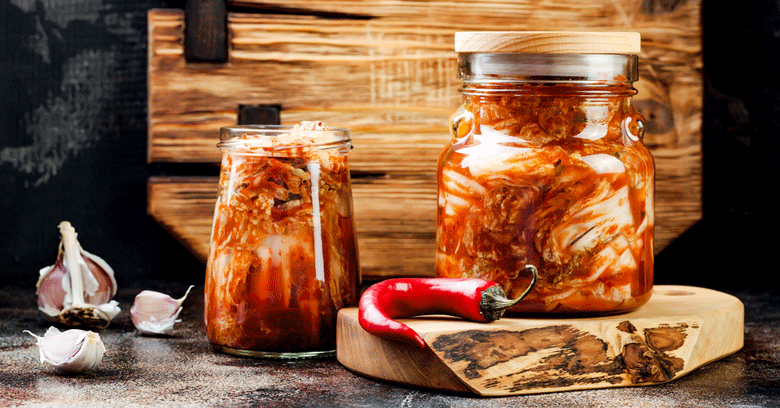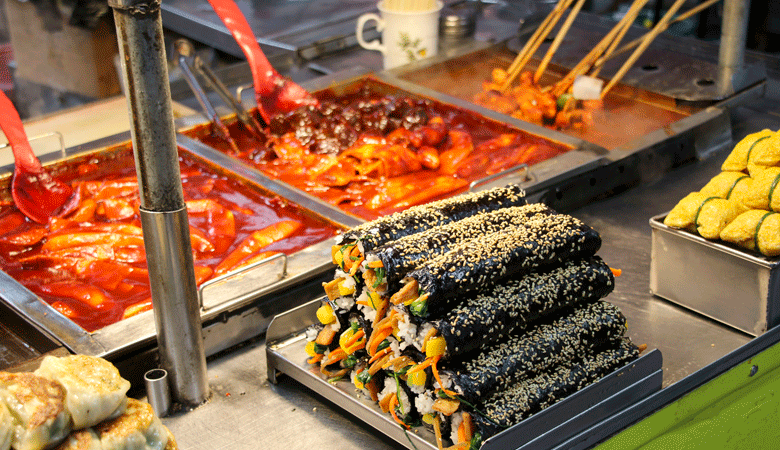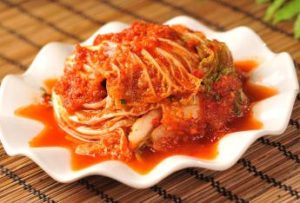[wpseo_breadcrumb]

The mention of Gochujang, a fermented Chilli paste used in Korean cooking, can be found in writings about the country that go back as far back as 1433. It was originally made from black pepper or Chopi. As what happened in India, once the Koreans were introduced to Chillies by the Portuguese ( in the early sixteenth century), they soon switched. Gochuguru ( Korean Chilli flakes ) is used in a wide variety of Korean cuisine, together with lots of green and red Chillies.
In this section, we explore some of these recipes where cooking is done with Chillies in Korea

See you at the Pojangmacha
There is some fantastic street food to be found in Southern Korea. The people go to Pojangmachas, which are street-side food vending establishments. Typically they will be a collection of food trailers or stalls side by side. The food trailers have areas in front of them with a top covered by a tent to keep the rain away and sometimes even chairs and tables. These are popular meeting places where friends will get together to eat a meal and have a couple of drinks all through the day and sometimes even late into the night.
These are popular meeting places where friends will get together to eat a meal and have a couple of drinks all through the day and sometimes even late into the night.
Typical dishes found at a Pojangmacha include Dakkochi ( skewered barbecued chicken), Hotteok (a sweet Korean Pancake ), Gimbap (the Korean equivalent of Sushi rice rolls) and a wide variety of spicy dishes. These spicy dishes include Tteokbokki ( rice and fish cakes in a spicy broth), Odolbbyeo (spicy stir-fried cartilage), Sundae ( blood sausage with noodles served with green Chilli and ssamjang paste), Gomjanguh (spicy eel). Kimchi Dubu ( stir-fried tofu, pork and Kimchi), Dalkbal ( spicy chicken feet) and Jeyuk bokkeum (spicy pork stir-fry)) . Some really good, tasty cooking with Chillies done in Korea.
Many more choices are available. Another important offering at Pojangmachas is Anjus. These are Korean drinking snacks. They might consist of just dried fruit and nuts but also spicy fried dishes like fried chicken or squid. Many Anjus are savoury
A final thought
A Korean theme meal starting with Anjus and drinks, followed by typical dishes by dishes that found at a Pojangmacha sounds like a fascinating idea.
Enjoy



